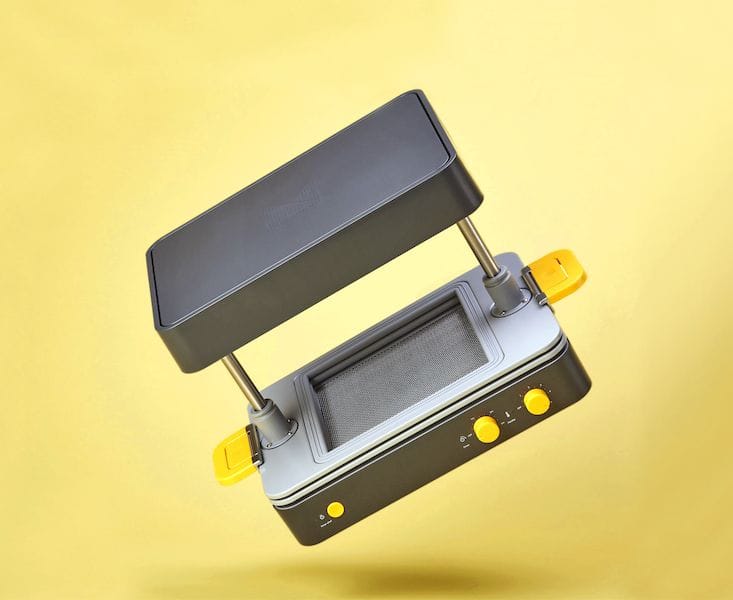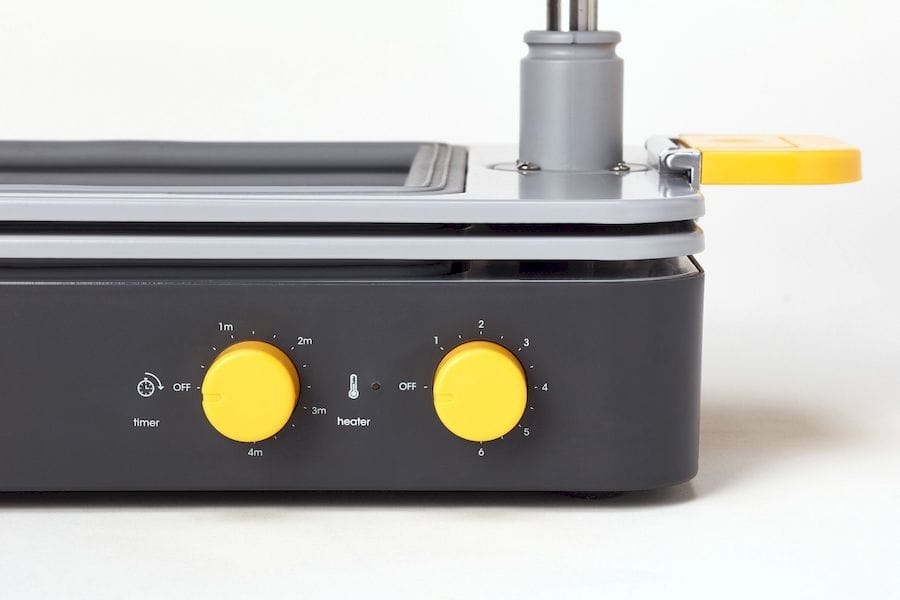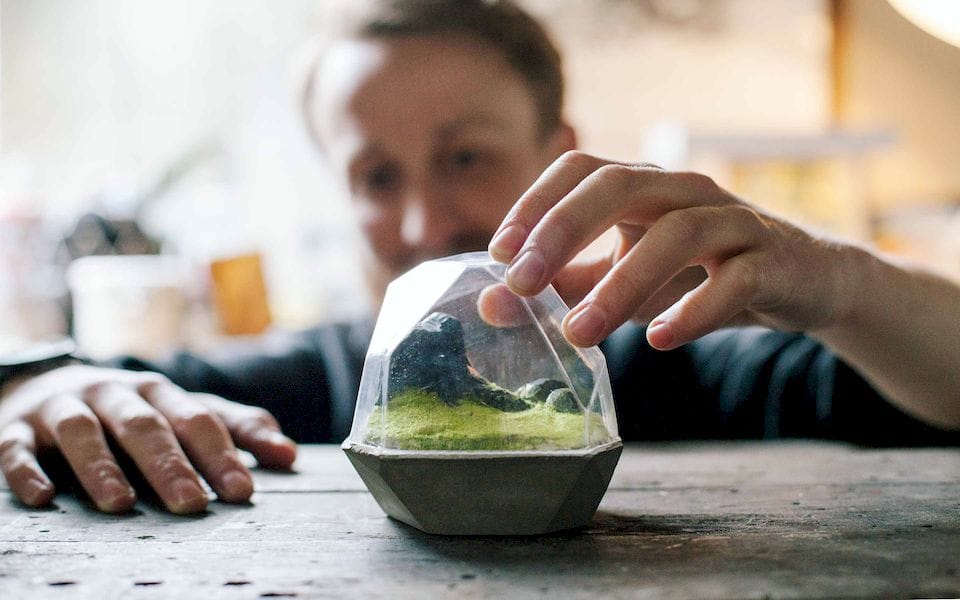
The FormBox is an inexpensive table-top vacuum former, and they say it’s good for 3D printing.
What’s a vacuum former? It’s a simple manufacturing system that uses molding principles to form 3D shapes. The idea is to heat a thin sheet of thermoplastic to the point where it is soft and saggy. Then it’s placed over a mold and a vacuum pulls the soft sheet fully along the mold’s surface.
The soft sheet rapidly cools and solidifies into the desired shape. After cooling it can be removed and the shape can be extracted by slicing off the excess sheet material. The entire process takes only seconds, given a hot vacuum former. The only slightly complicated matter is determining the exact duration of heat exposure for a sheet of arbitrary thickness.

But, you say, this has absolutely nothing to do with 3D printing. I agree – vacuum forming is definitely not 3D printing.
However, there is what might be a very powerful link between the two.
And what is this link? Answer this question: where does the mold come from?

3D printing, of course! It’s entirely possible to 3D print a wide variety of shapes and then vacuum form a thin form over top of them. In this video you can see how Makyu’s FormBox can be used in this manner:
Of course, there are some constraints: you cannot vacuum form any given shape.
The mold must not have any overhangs, because the vacuum force pulls the soft sheet down, not up.
You must also avoid overhangs because a vacuum force could pull sheet material into a crevice and then “lock” the sheet to the mold, preventing release. This is perhaps the biggest constraint.
You should also ensure that the materials used are compatible. For example, if you 3D printed a mold in PLA thermoplastic, and then were vacuum forming a PLA sheet on top of it, you might get some adhesion. That’s not good.

One very interesting concept is to use foodsafe materials. In their video you can see a mold creating another mold for cooking. This overcomes the largely impossible problem of trying to make anything related to food with a plastic extrusion 3D printer. The foodsafe mold you create could be used to hold chocolate, cookie dough, or even soap.
While you can’t vacuum form any geometry, the technology is incredibly useful for certain projects. For example, if you made a 3D mask and were able to vacuum form it, you could produce dozens or even hundreds in a single day, far faster than you could 3D print them.
For some objects, a vacuum former is a way to amplify your making ability.
Makyu offers the FormBox on pre-order now for only USD$699.
So is it a required accessory? I’d ask if you do or want to make larger numbers of thin objects with your 3D printer. If so, you could save yourself a lot of time with a vacuum former.
Via Makyu

